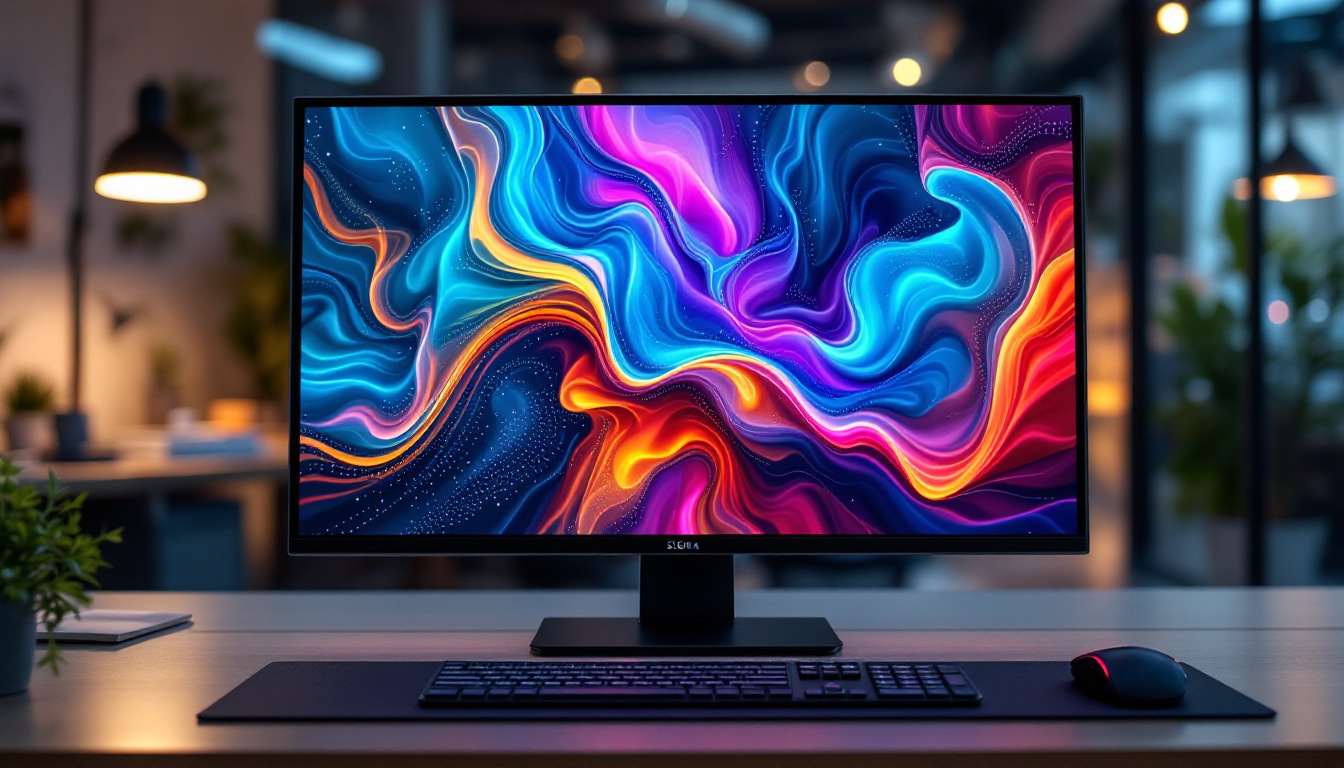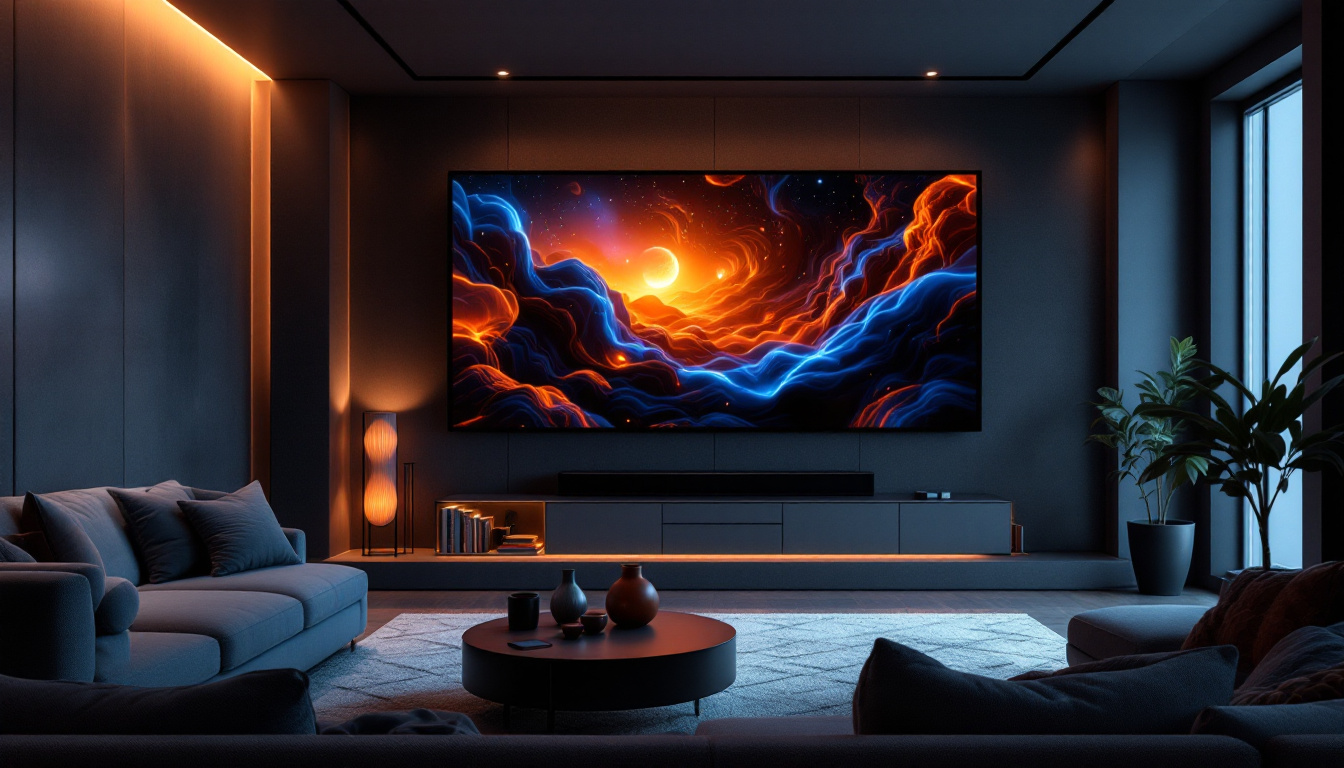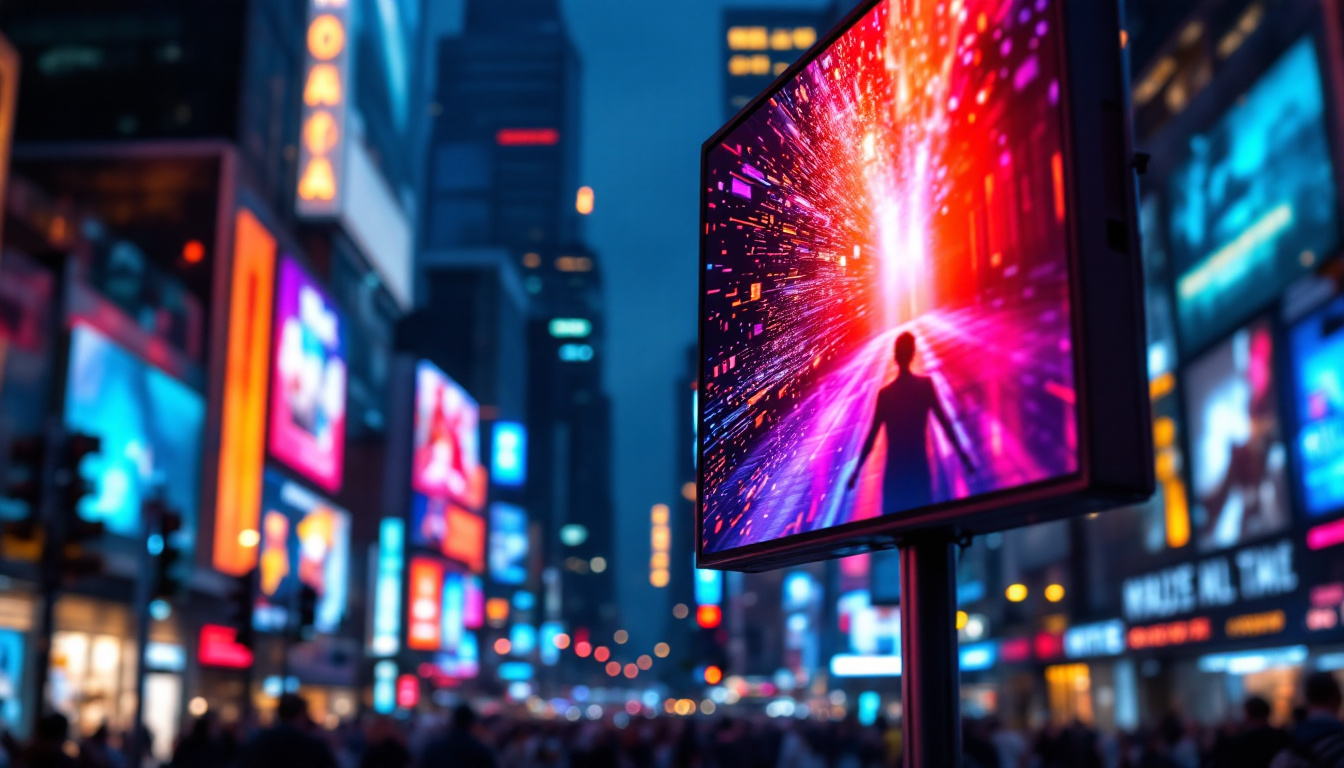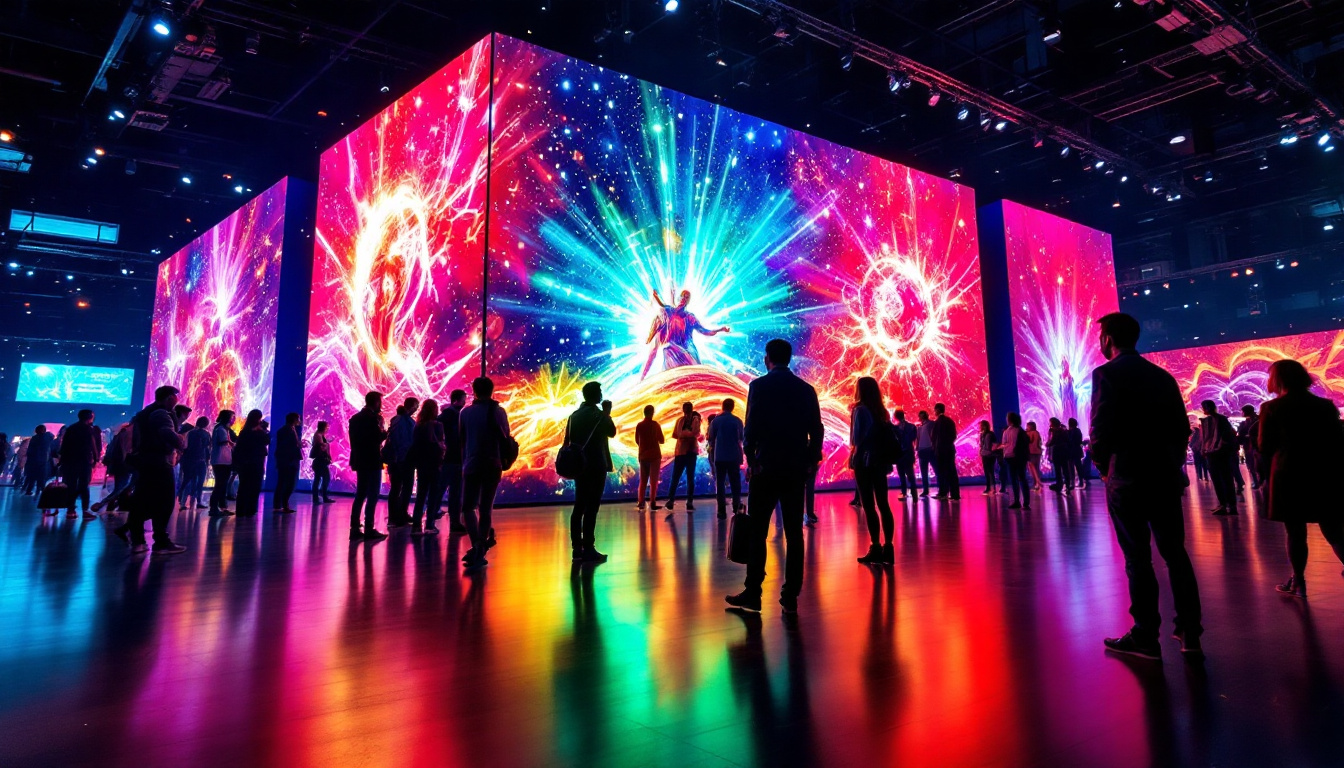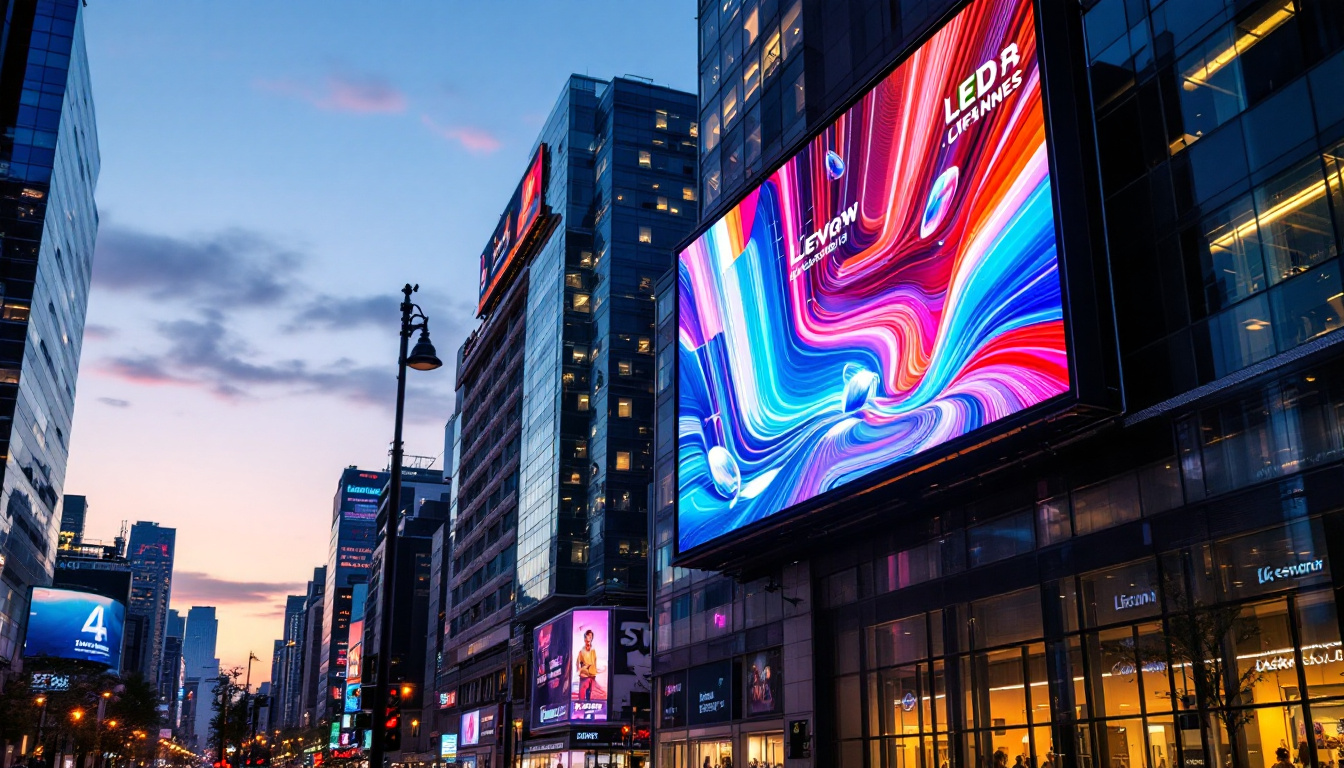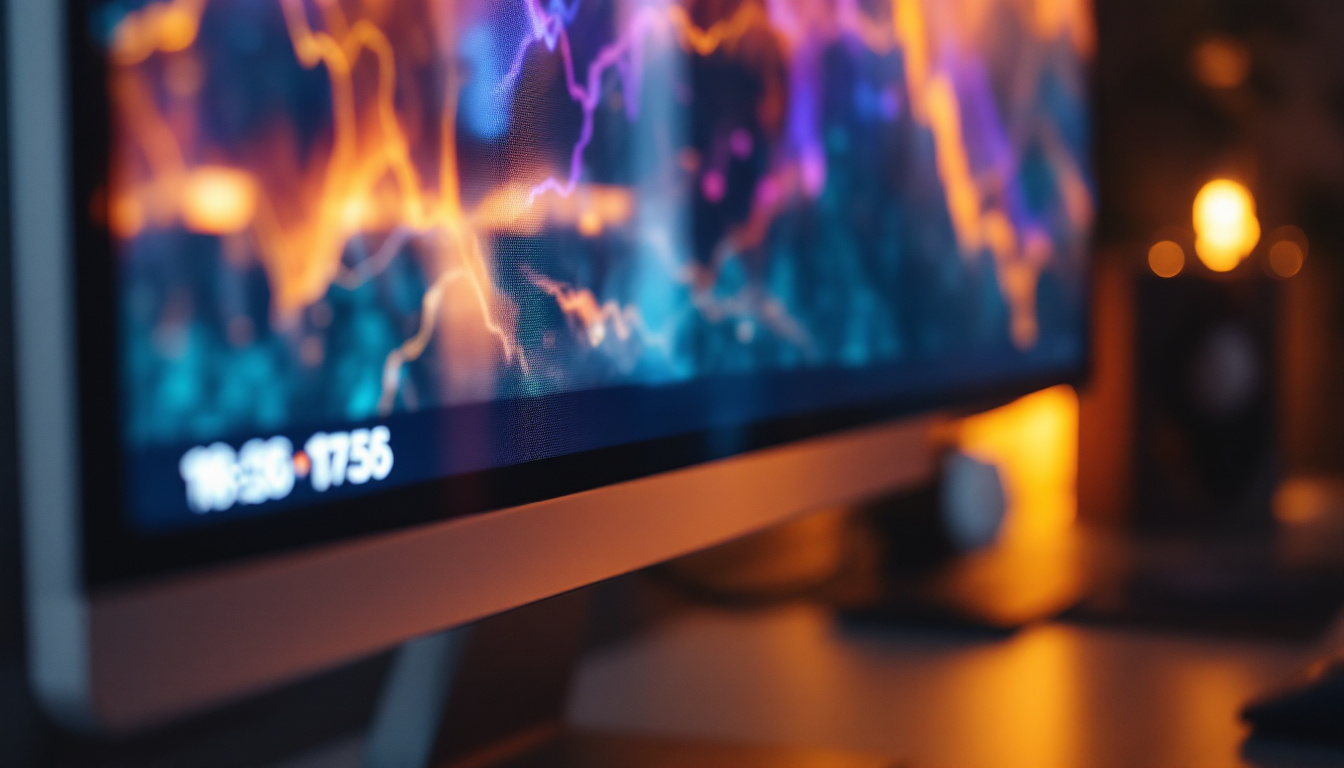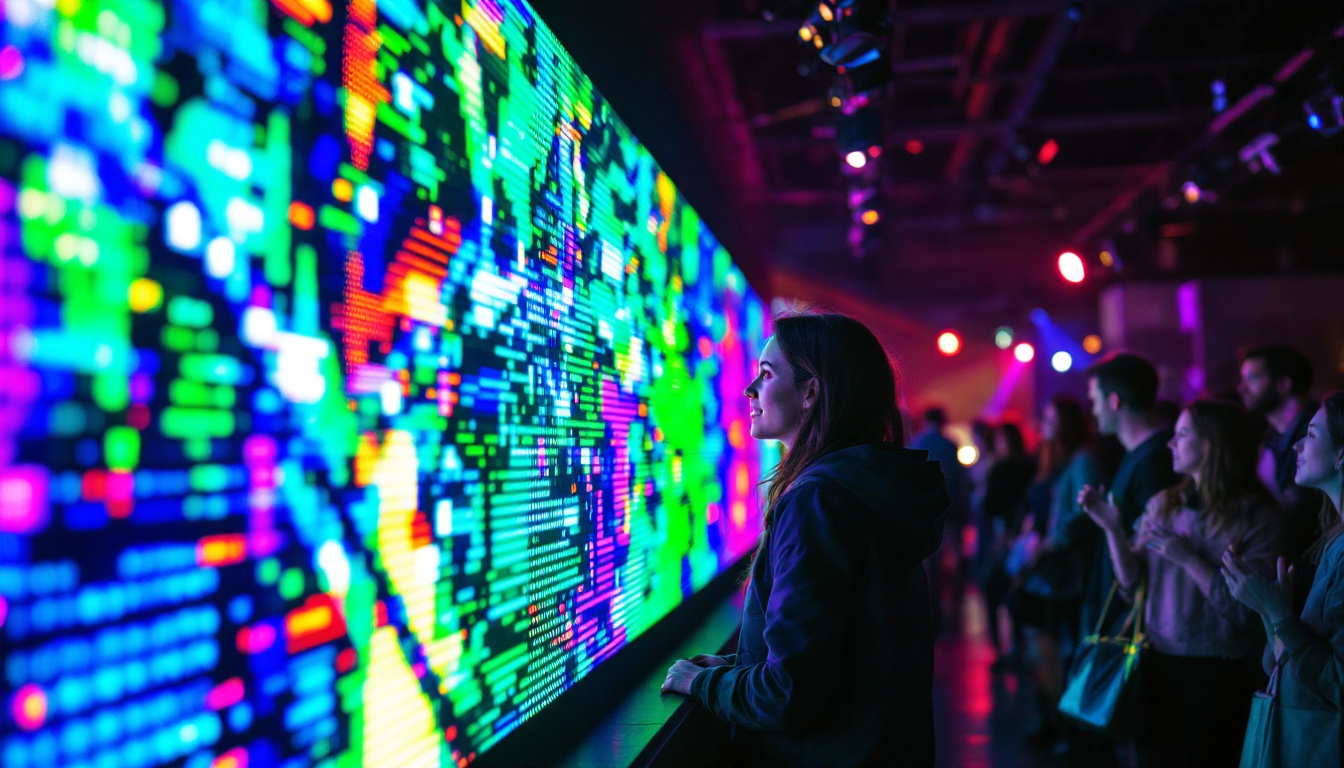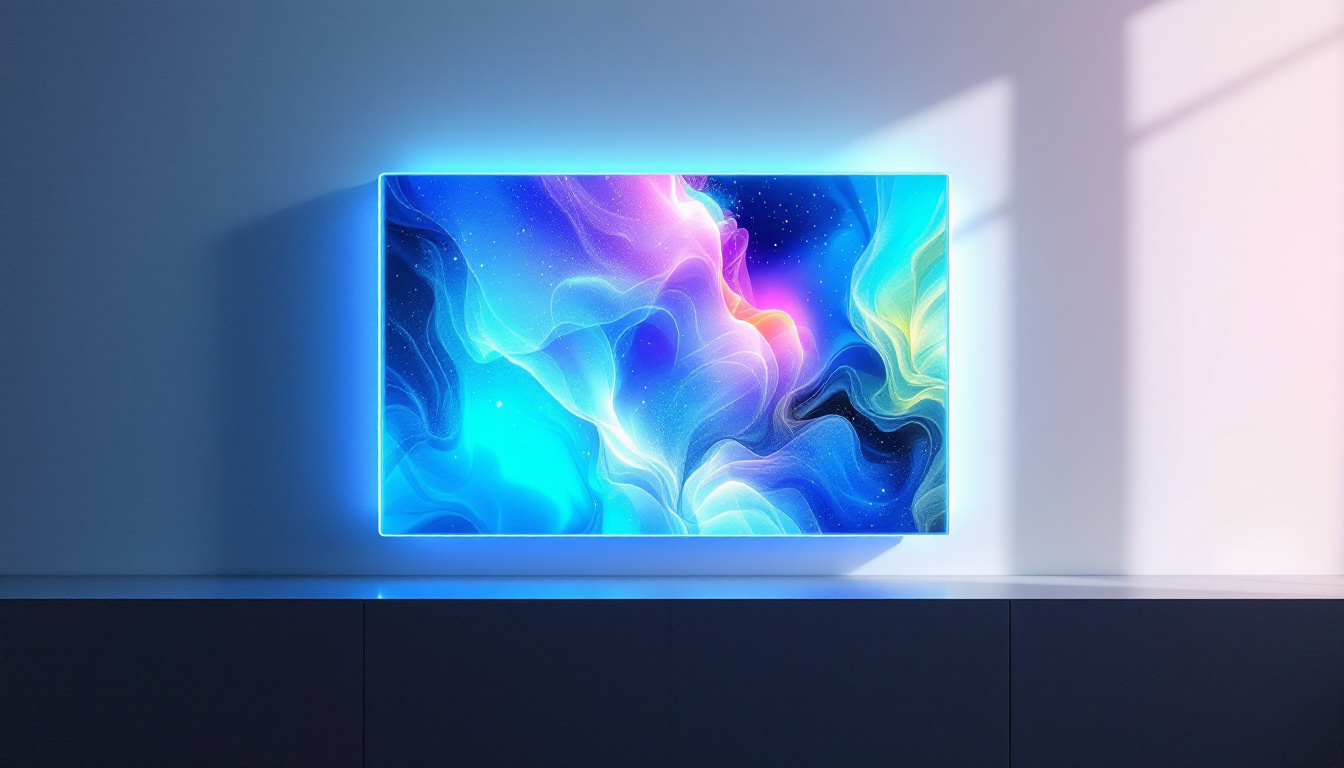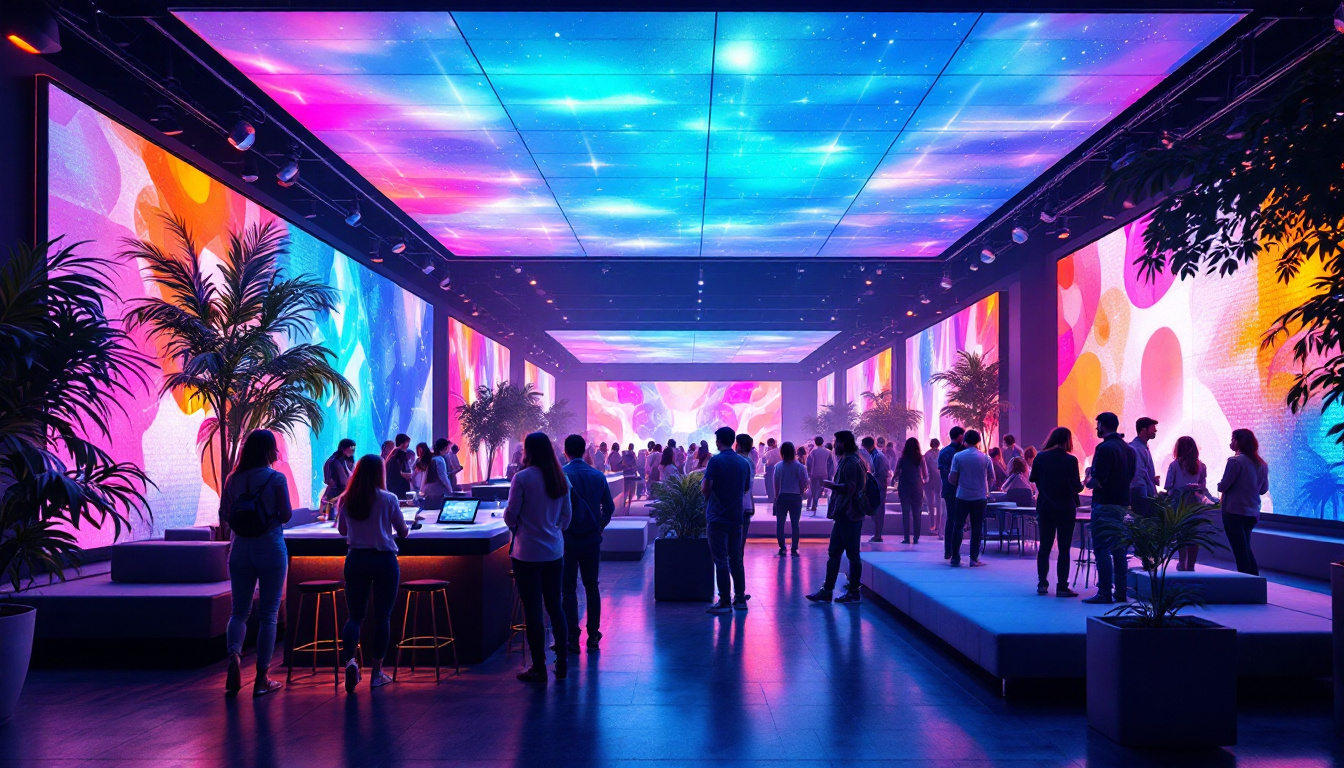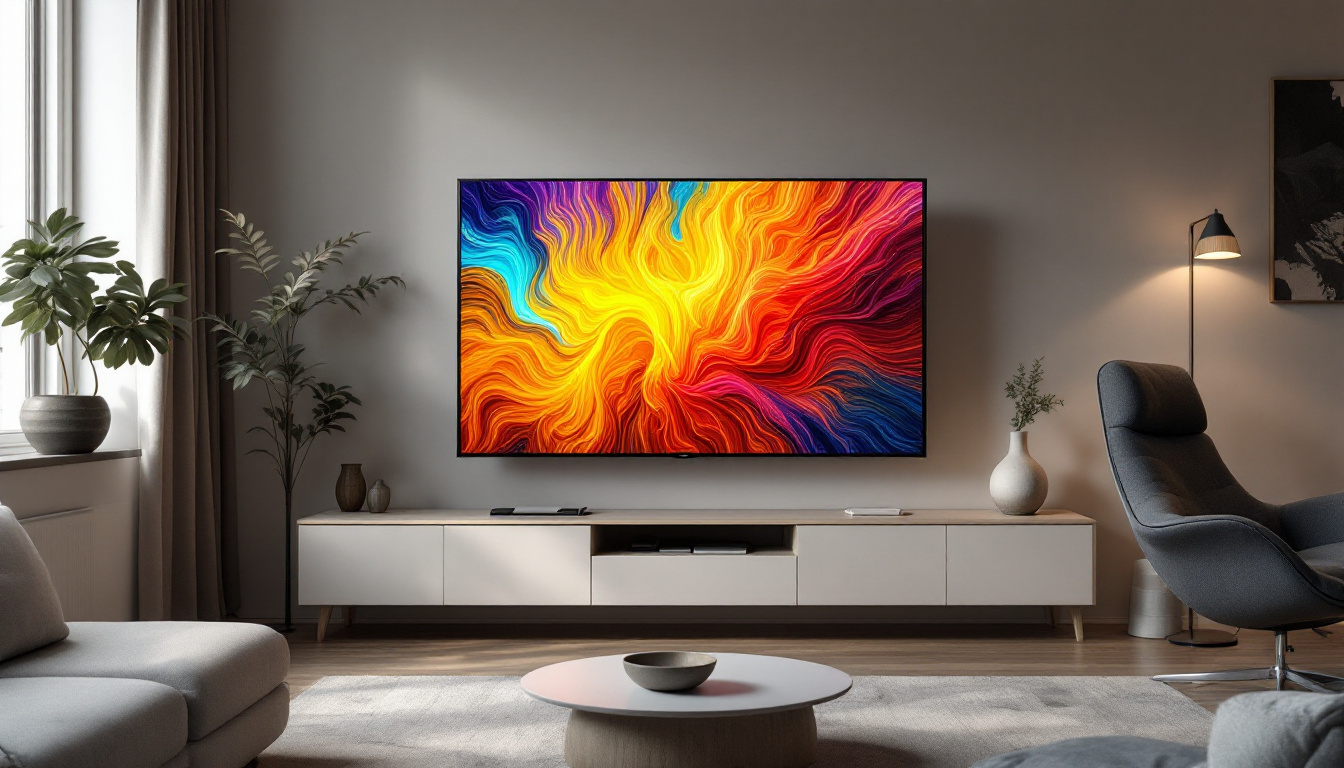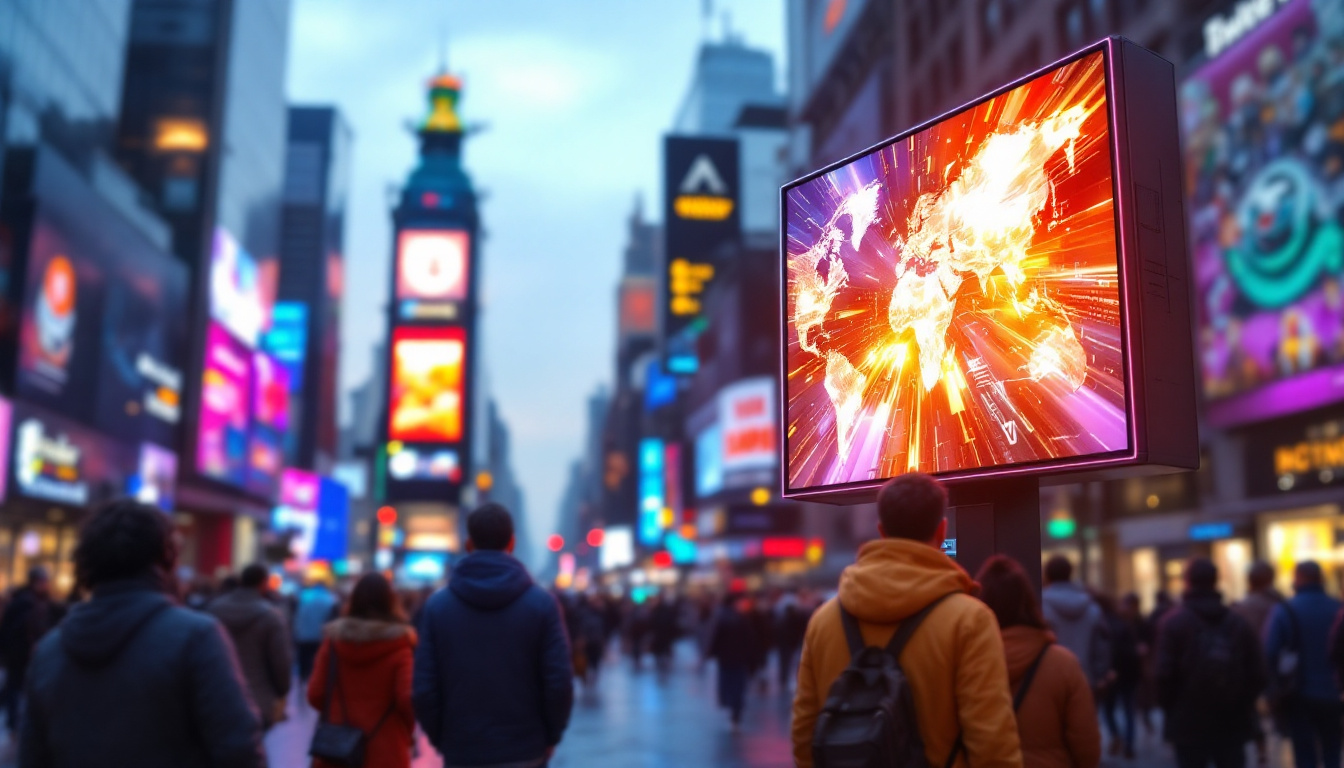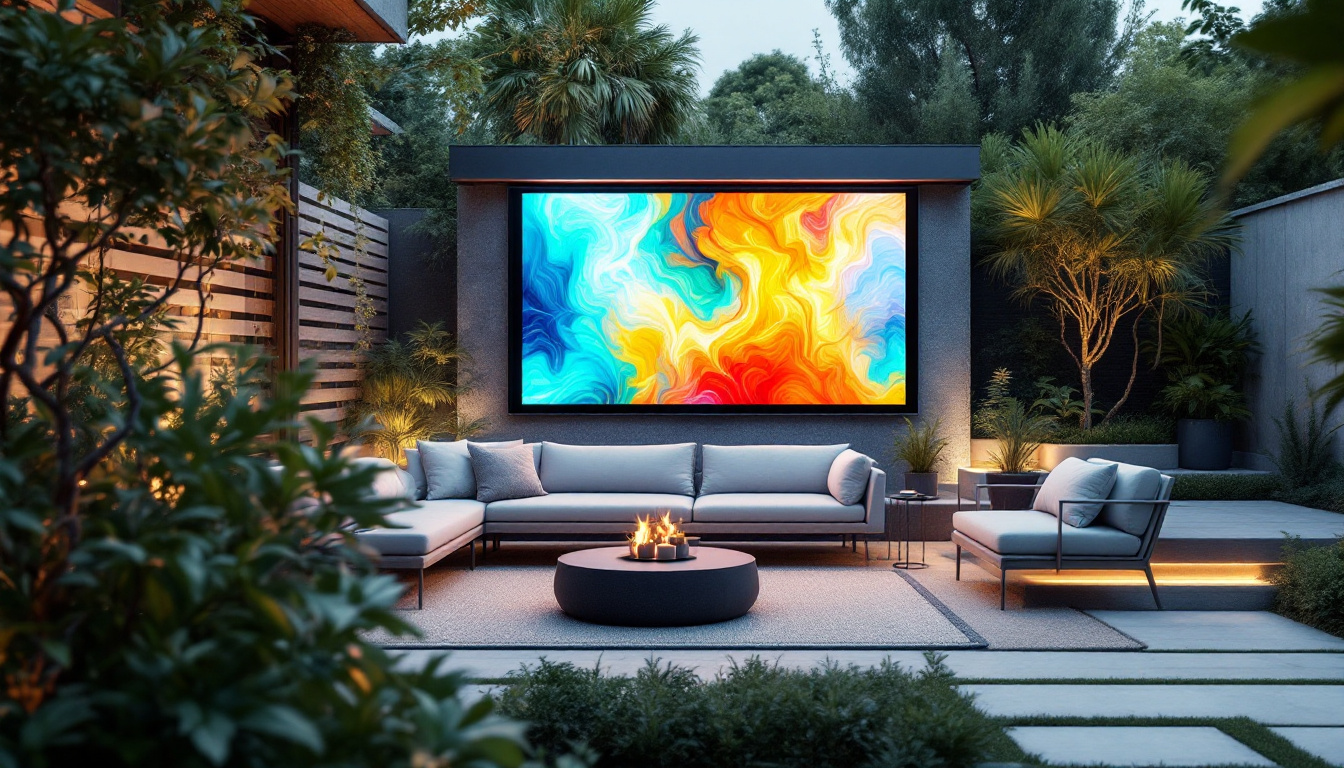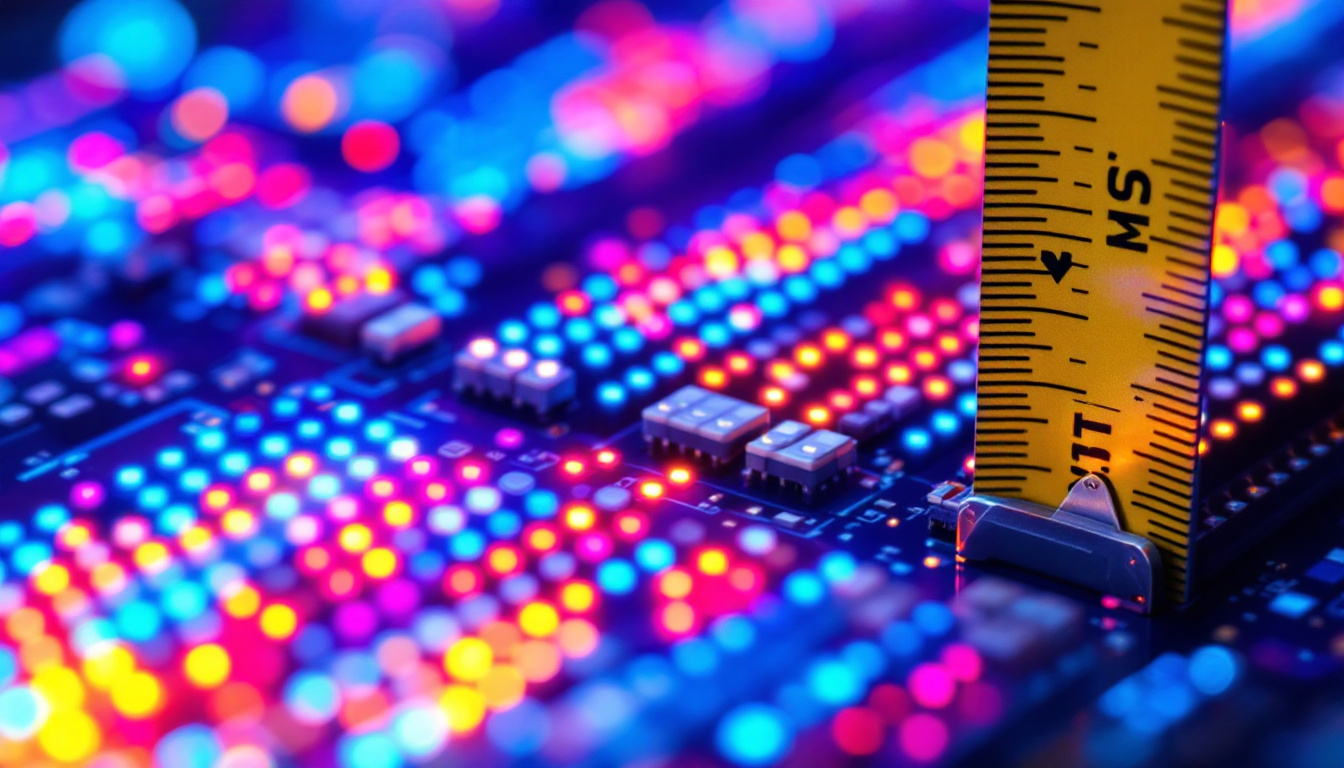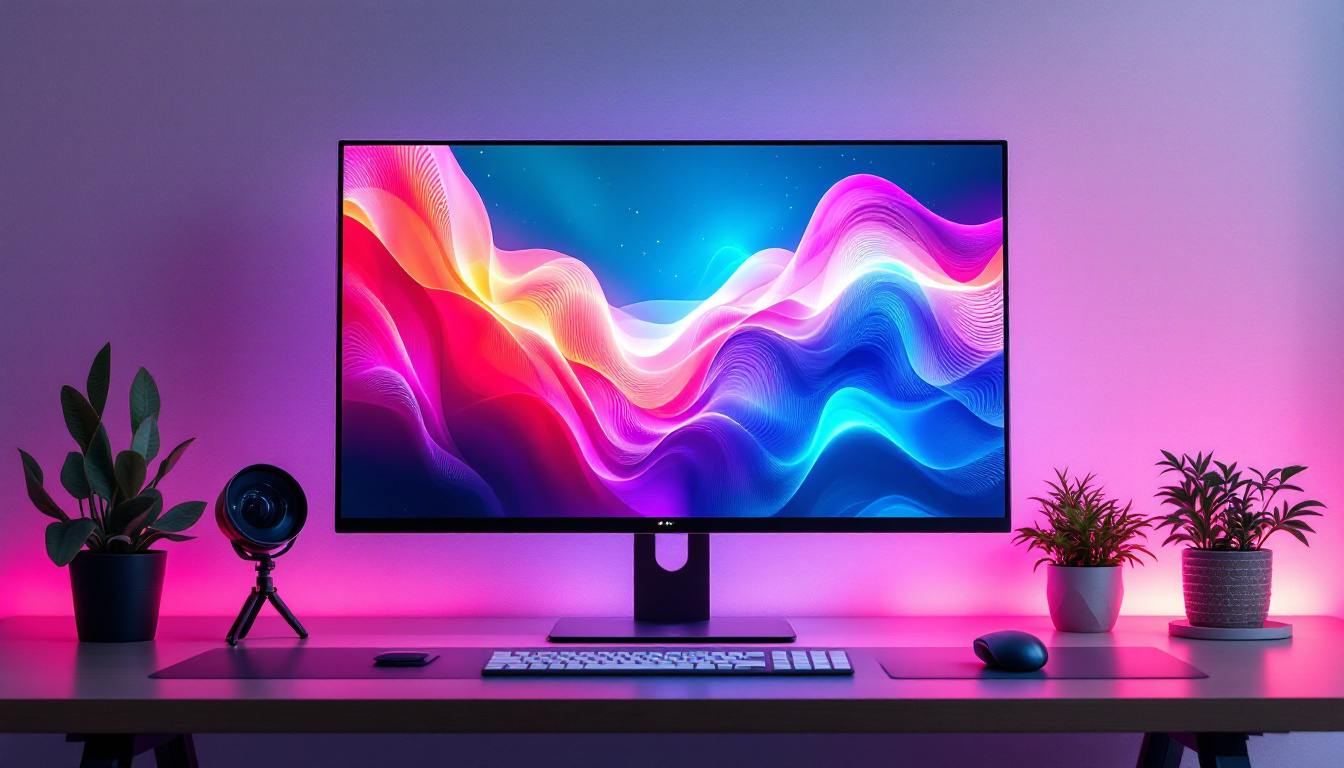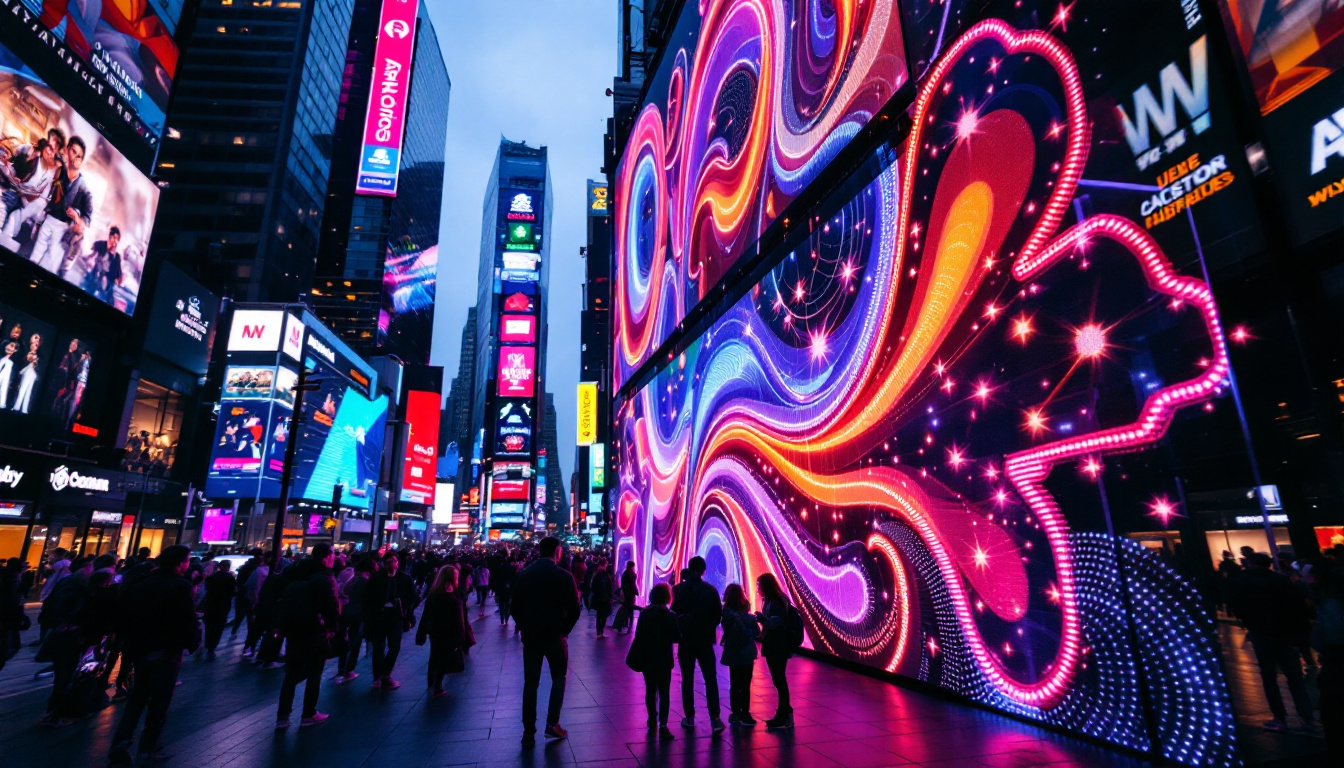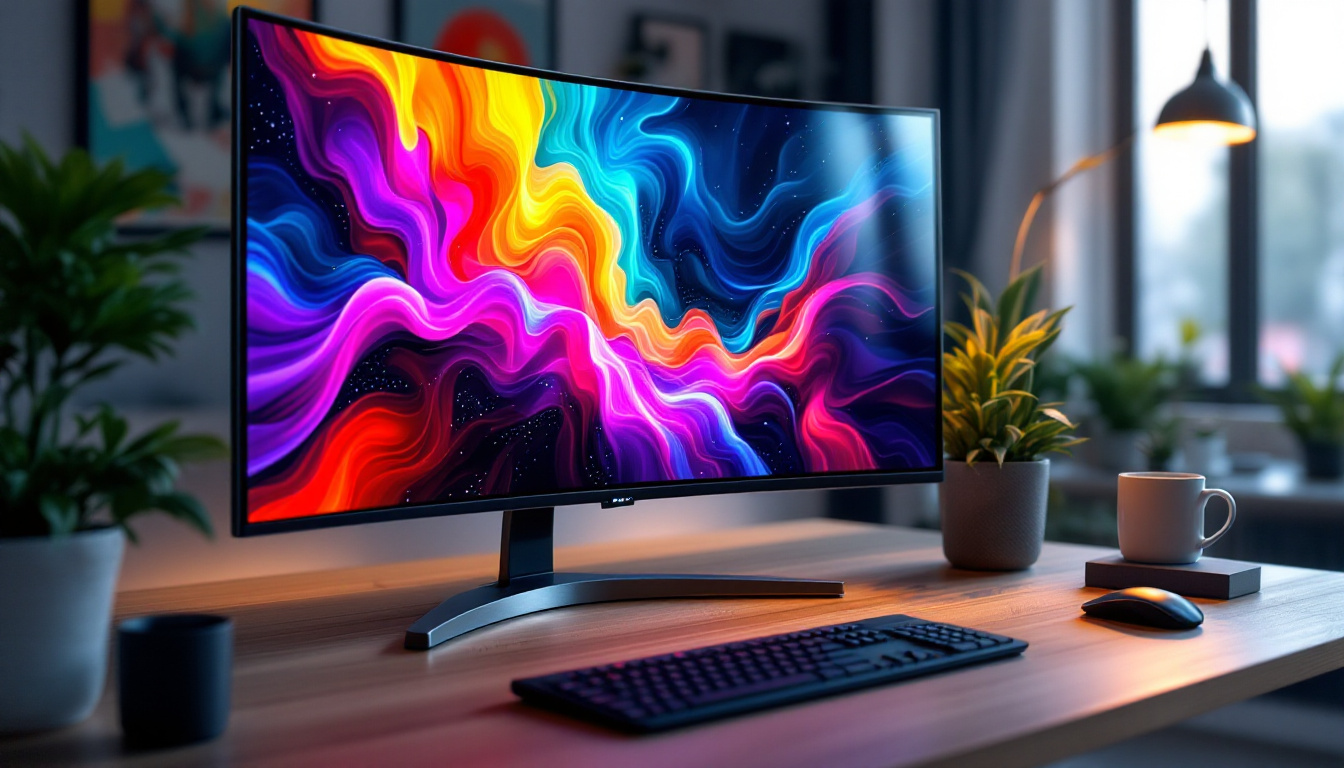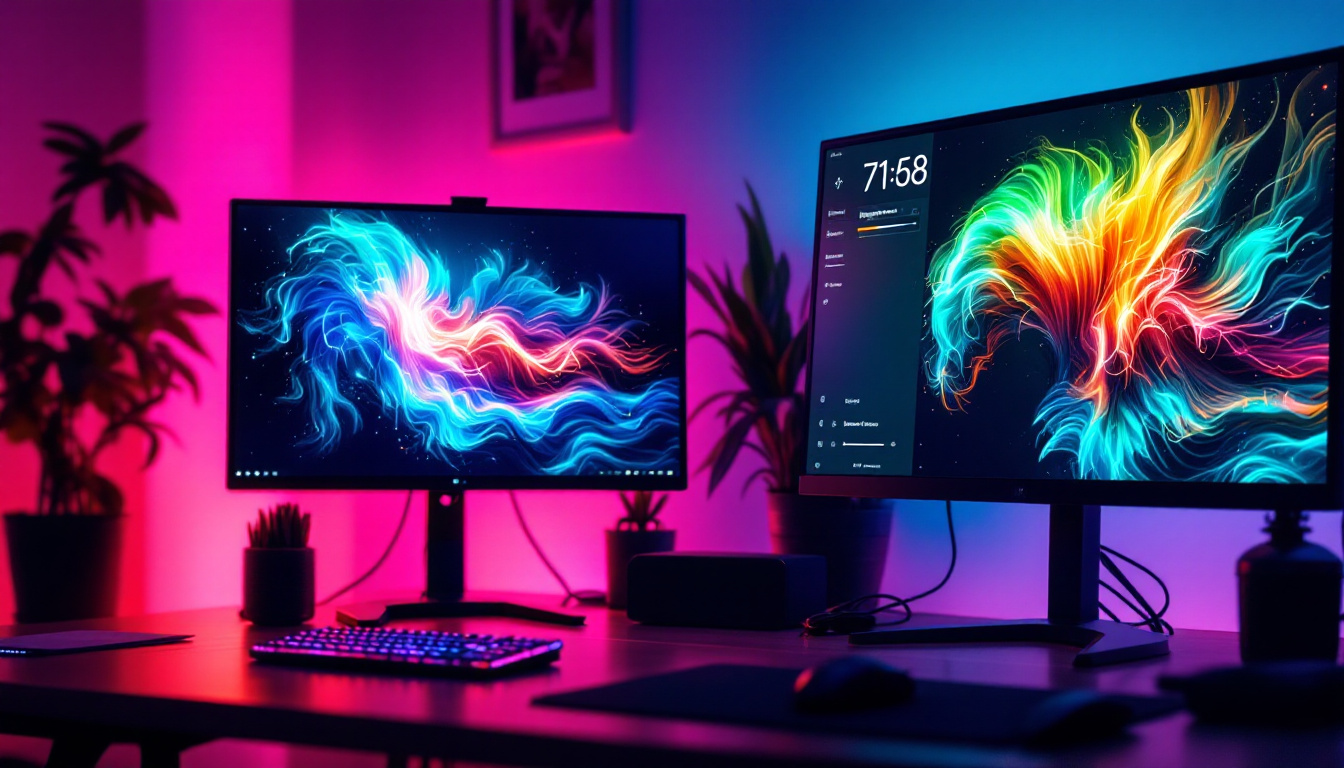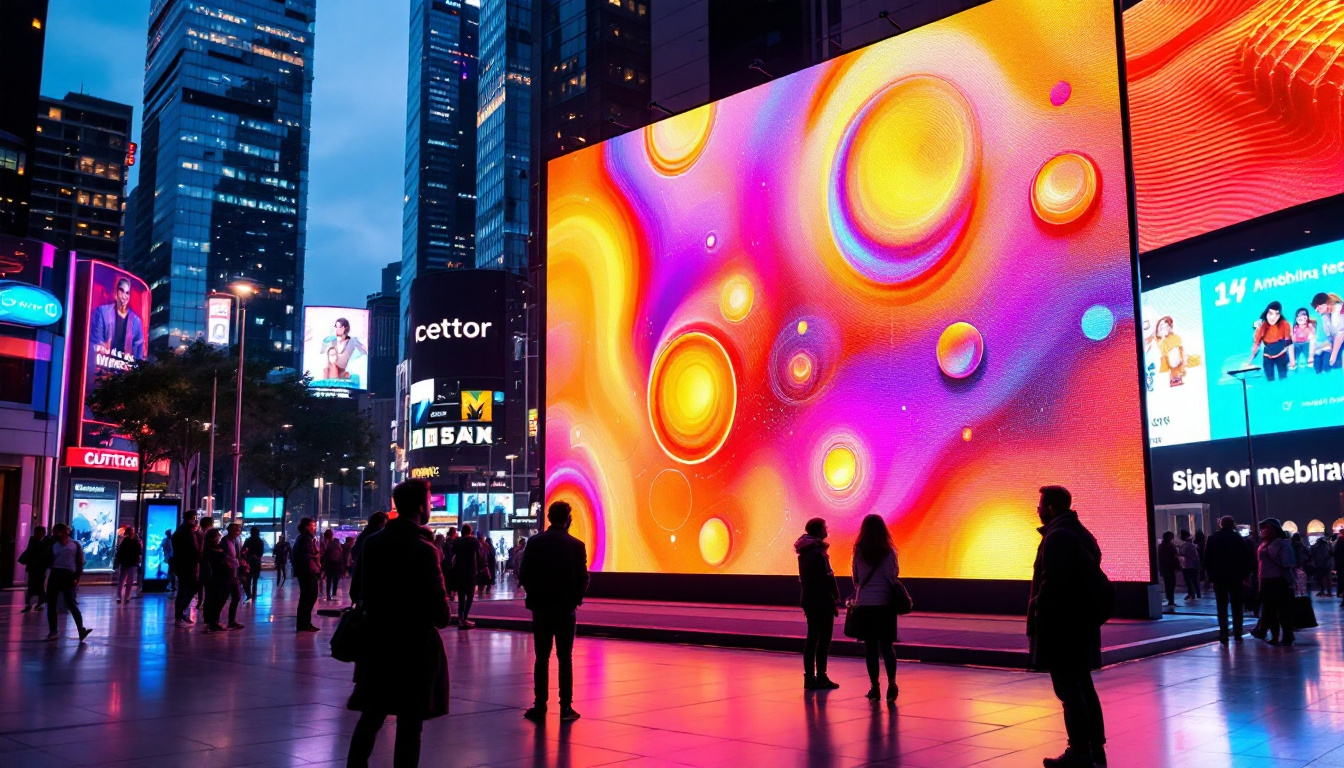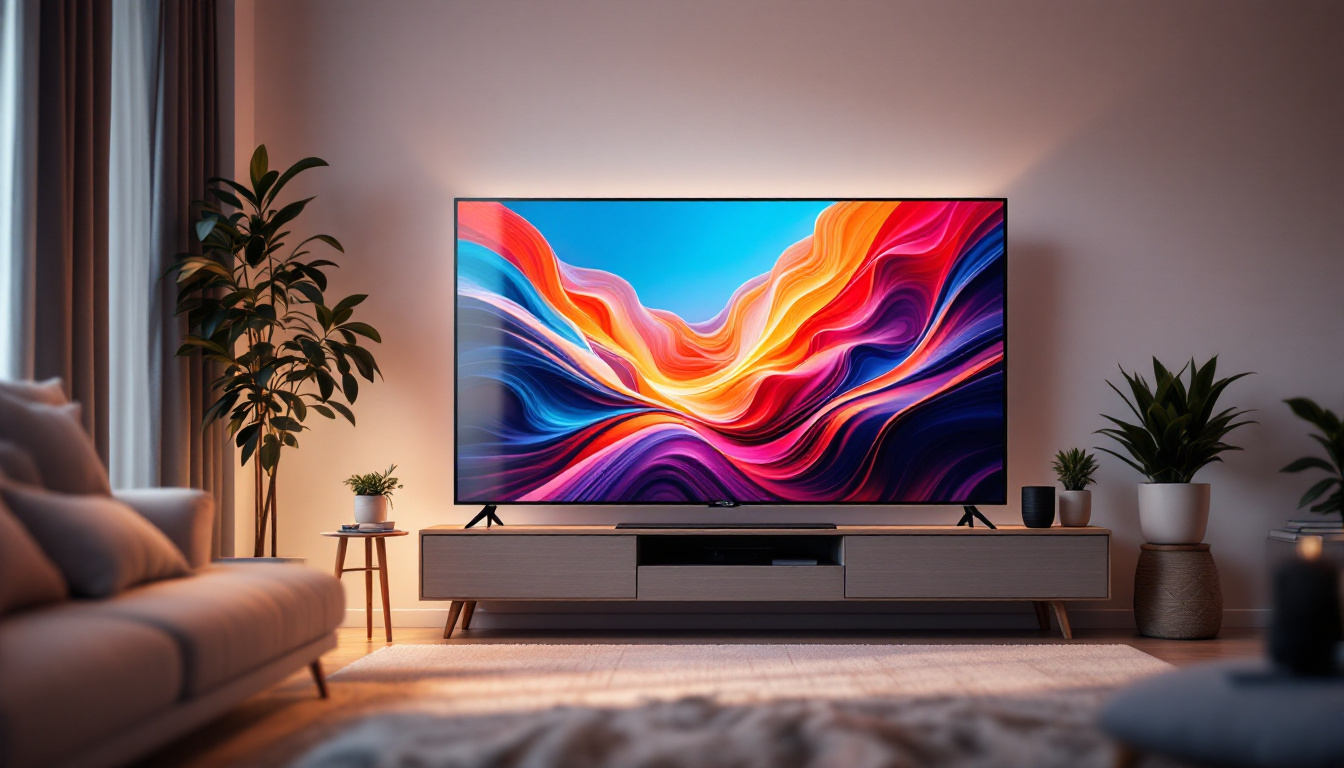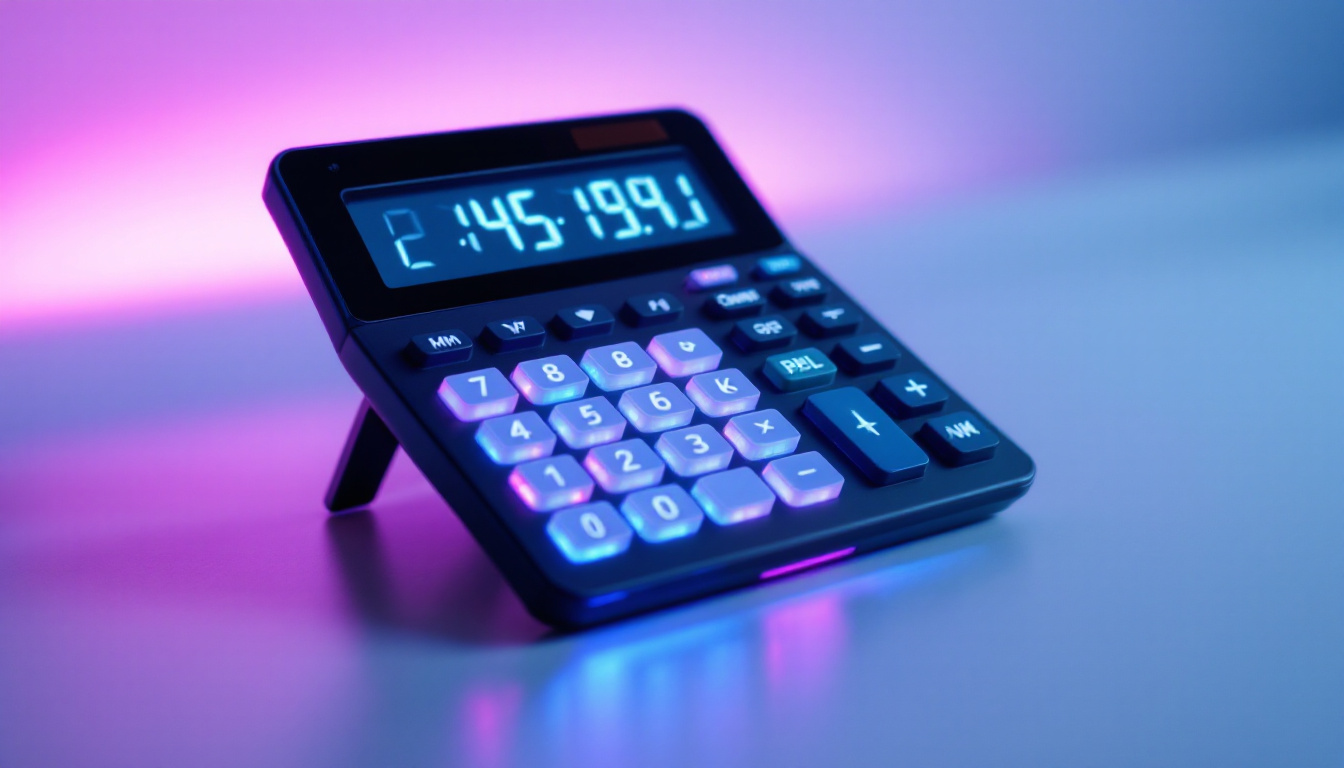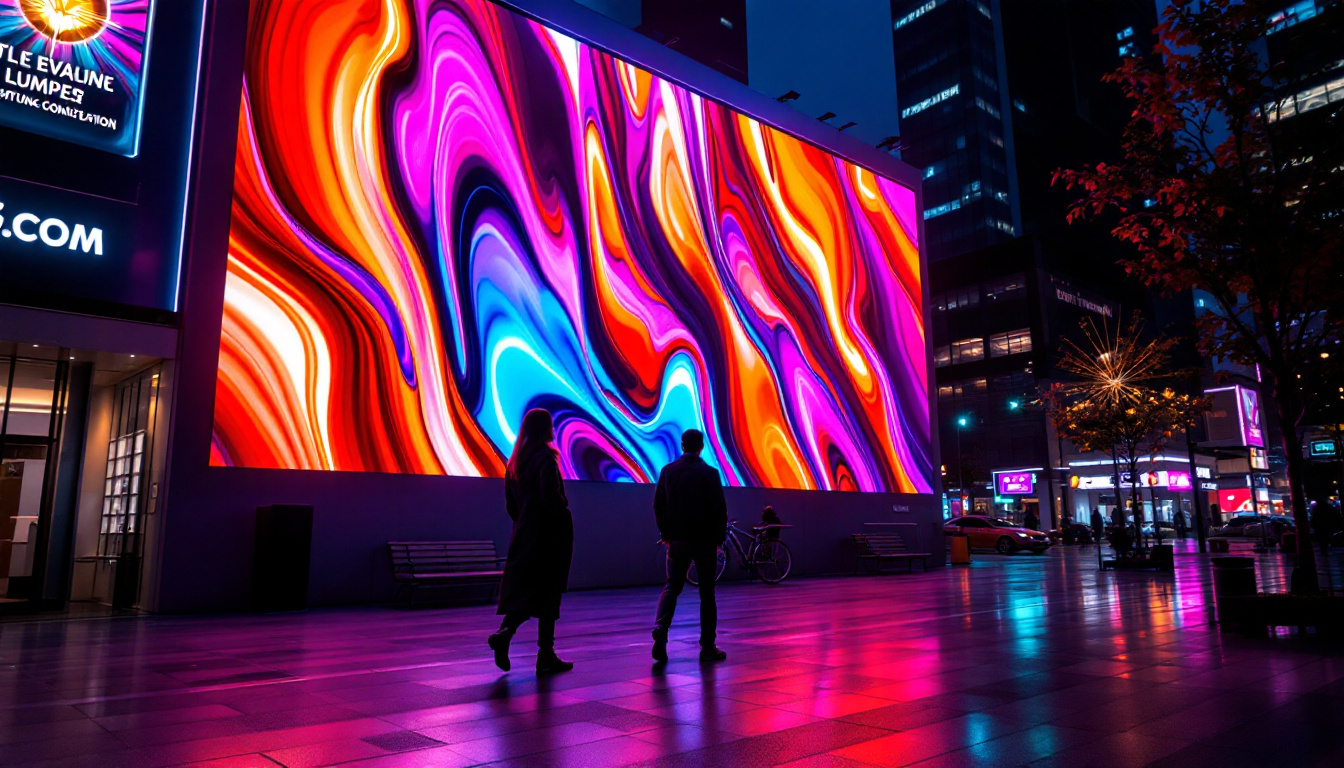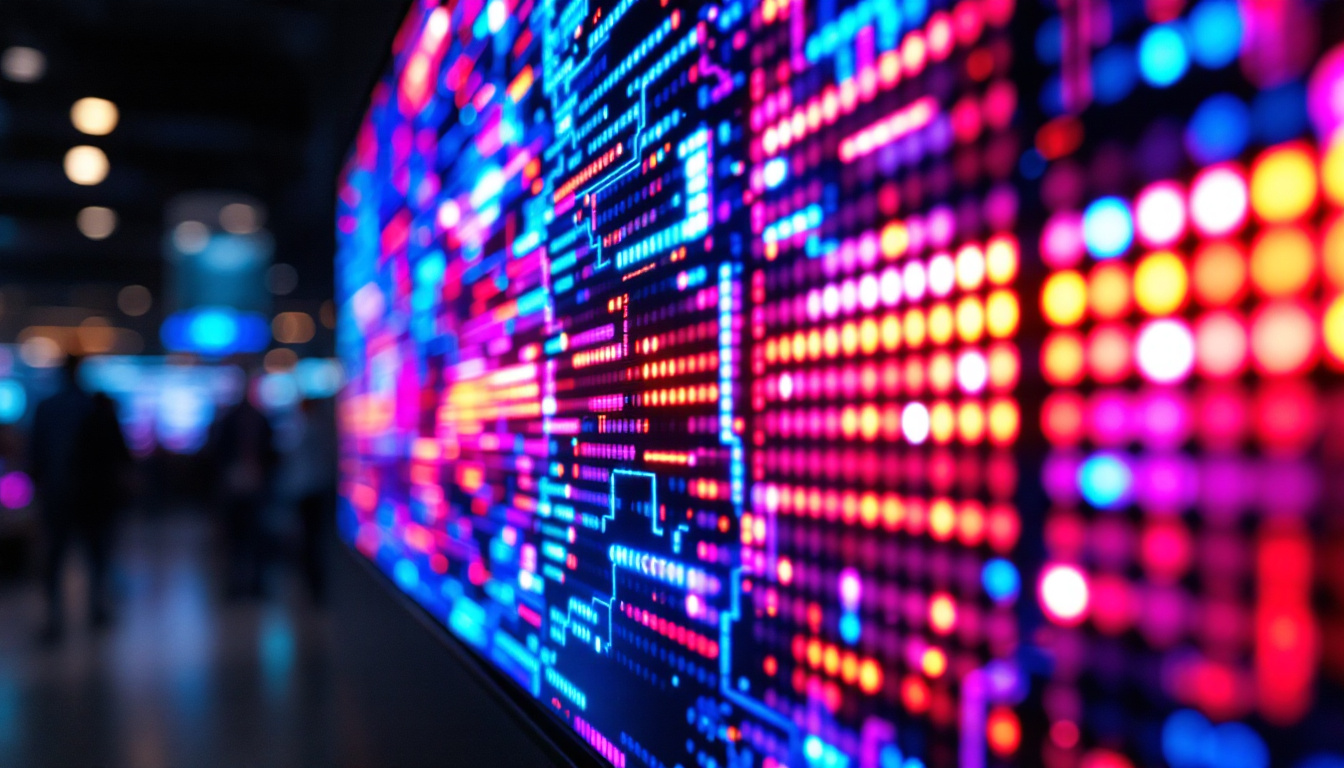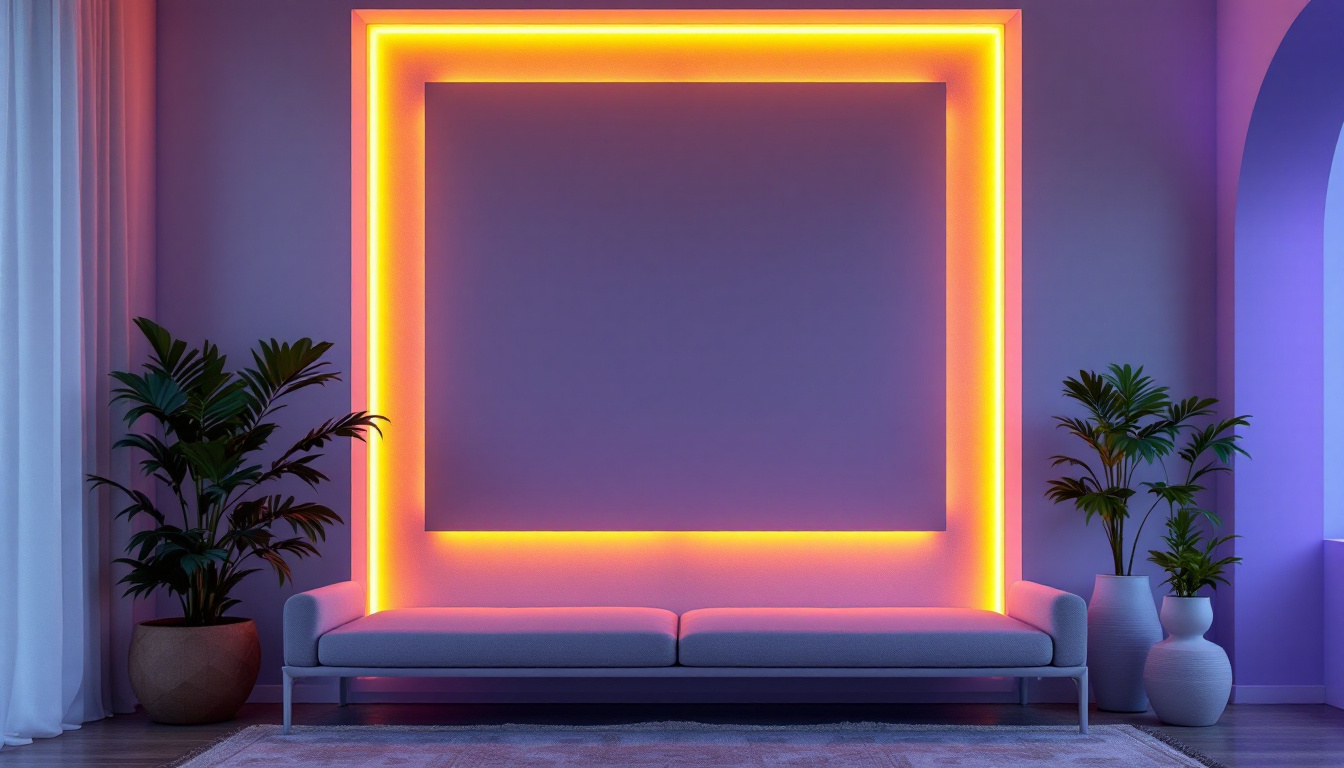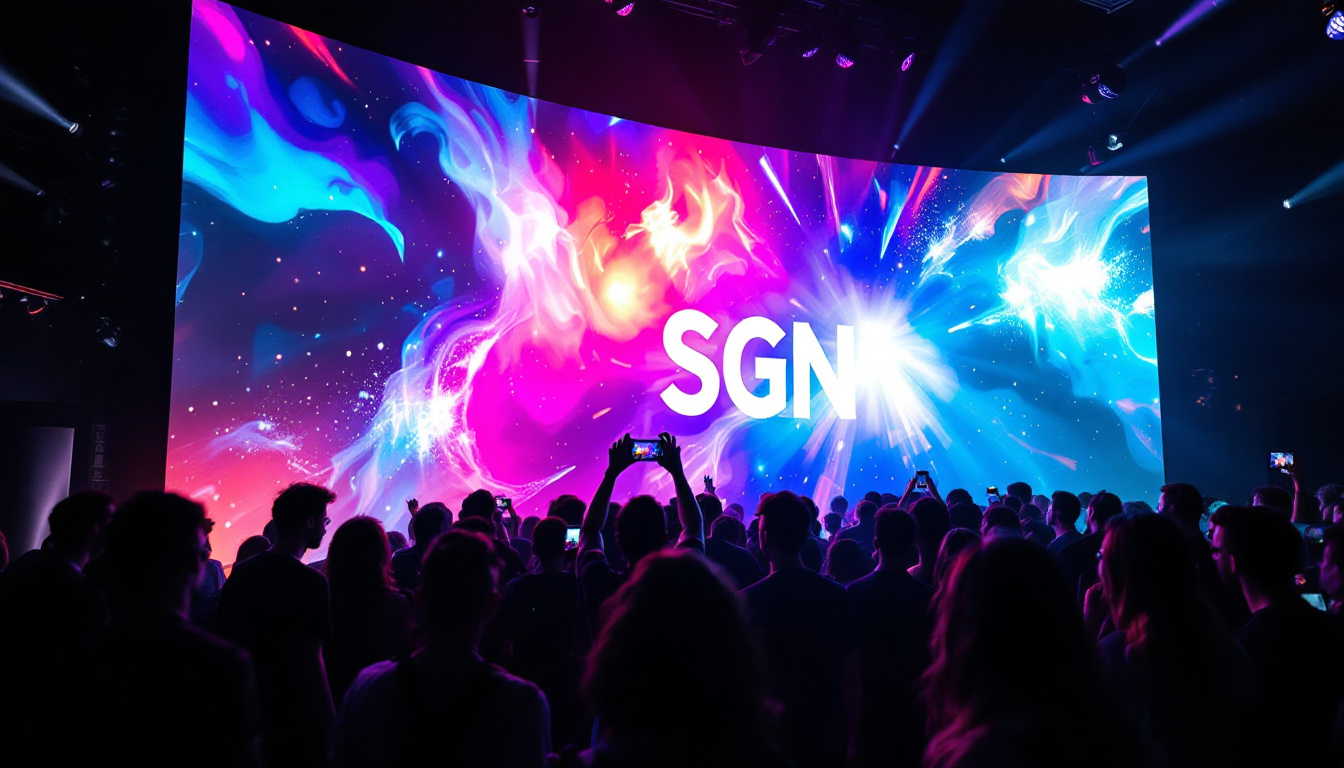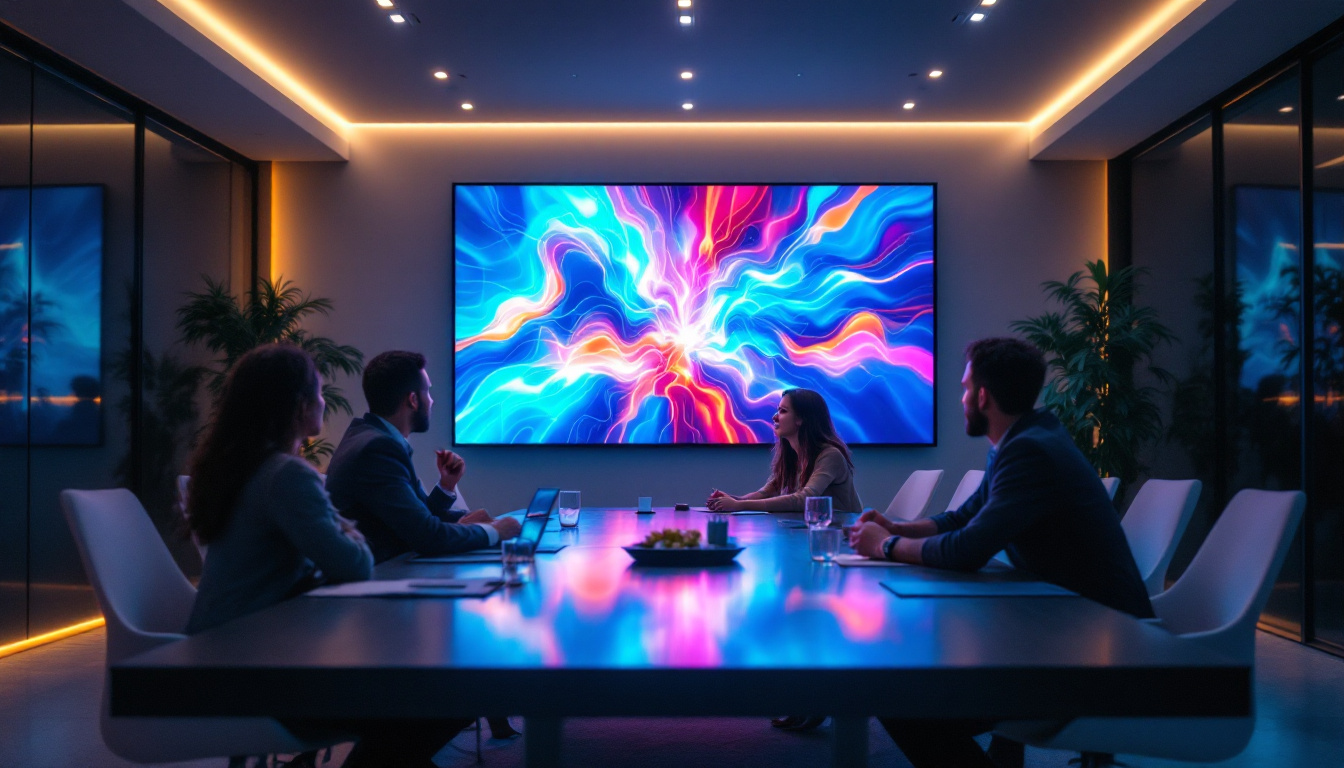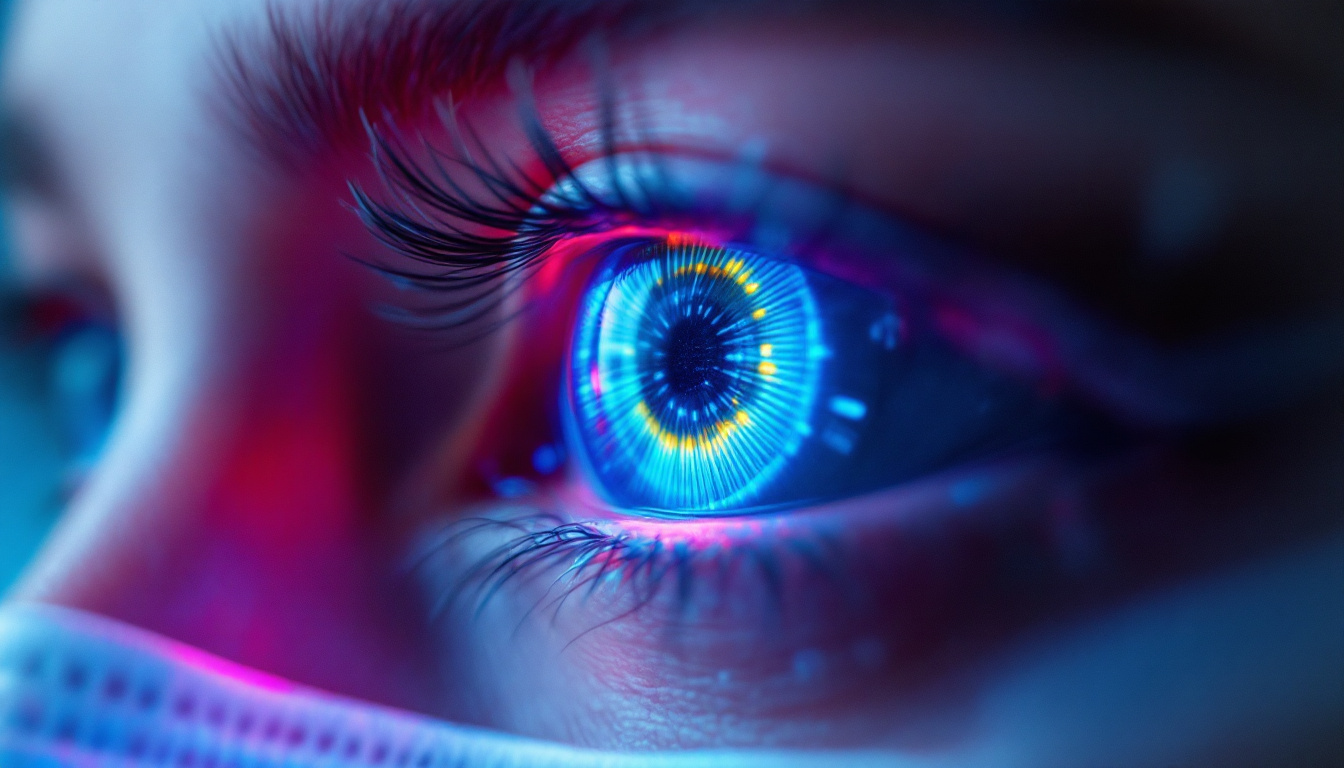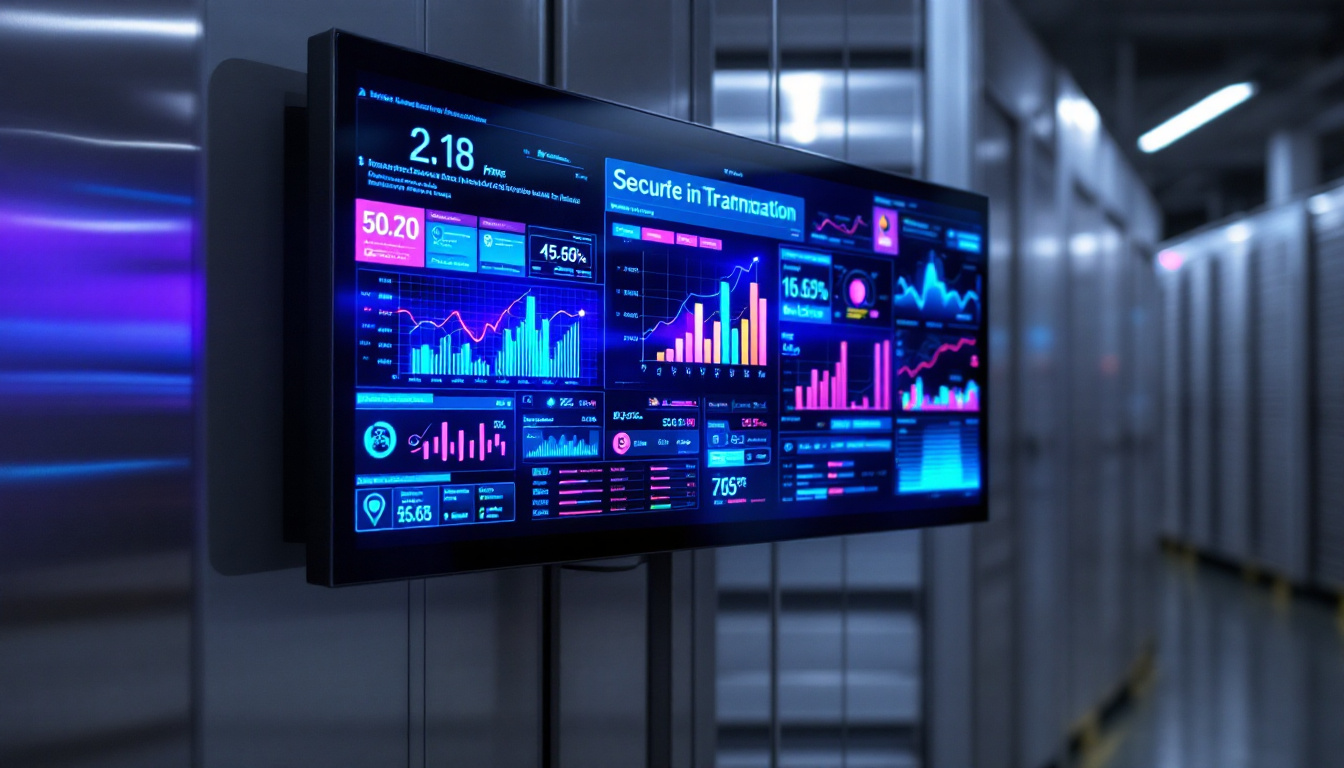In the modern world, monitors have become an essential part of daily life, whether for work, entertainment, or education. Among the various types of displays available, LED (Light Emitting Diode) technology has gained significant popularity due to its superior performance and efficiency. This article delves into the intricacies of LED displays, exploring their technology, advantages, and applications.
Understanding LED Technology
LED technology has revolutionized the way images and videos are displayed on screens. Unlike traditional LCD monitors that utilize fluorescent backlighting, LED displays employ tiny light-emitting diodes to create images. This fundamental difference leads to various enhancements in display quality and energy efficiency. The shift from older technologies to LED has not only improved the visual experience but also contributed to a more sustainable approach in electronics, as LEDs consume significantly less power and have a longer lifespan compared to their predecessors.
How LED Displays Work
At the core of an LED display are thousands of tiny diodes that emit light when an electric current passes through them. These diodes are arranged in a grid, allowing for precise control over brightness and color. The combination of red, green, and blue (RGB) diodes creates a full spectrum of colors, enabling vibrant and lifelike images. This capability is particularly beneficial in applications such as gaming and graphic design, where color accuracy and response time are crucial. Moreover, the rapid response of LEDs reduces motion blur, providing a smoother viewing experience during fast-paced scenes.
LED displays can be categorized into two main types: edge-lit and backlit. Edge-lit displays have LEDs positioned along the edges of the screen, while backlit displays have a full array of LEDs behind the screen. Each type has its advantages and is suited for different applications. For instance, edge-lit displays are often thinner and lighter, making them ideal for sleek designs in modern televisions, while backlit displays typically offer better uniformity in brightness across the screen, which is essential for professional video editing and high-quality presentations.
Types of LED Displays
There are several types of LED displays, each designed for specific uses. The most common types include:
- Standard LED: These displays are widely used in consumer electronics, providing good brightness and color accuracy.
- OLED (Organic LED): This technology offers superior contrast and color depth by allowing each pixel to emit its own light, resulting in deeper blacks and more vivid colors. This makes OLED displays particularly popular among filmmakers and photographers who require precise color representation.
- Mini-LED: A newer technology that uses smaller LEDs for backlighting, allowing for improved local dimming and enhanced picture quality. Mini-LEDs can achieve higher peak brightness levels and better contrast ratios, making them a strong contender in the high-end television market.
Each type of LED display has its unique strengths, making them suitable for various applications from televisions to computer monitors and digital signage. Additionally, advancements in LED technology continue to emerge, such as MicroLED, which promises even greater efficiency and flexibility in display design. As these technologies evolve, they open up new possibilities for immersive experiences in virtual reality and augmented reality environments, pushing the boundaries of how we interact with digital content.
Advantages of LED Displays
LED displays have gained immense popularity due to their numerous advantages over traditional display technologies. Understanding these benefits can help consumers make informed decisions when choosing a monitor.
Energy Efficiency
One of the most significant advantages of LED displays is their energy efficiency. LED technology consumes less power compared to traditional LCDs and CRTs, leading to lower electricity bills and a reduced carbon footprint. This efficiency is particularly beneficial for businesses that rely on multiple displays, as the energy savings can be substantial over time.
Superior Picture Quality
LED displays are known for their superior picture quality. They offer higher brightness levels, better contrast ratios, and a wider color gamut compared to traditional displays. This results in sharper images, more vibrant colors, and an overall enhanced viewing experience. Whether for gaming, graphic design, or watching movies, LED displays provide a visually stunning experience.
Longevity and Durability
LED technology is inherently more durable than older display technologies. LEDs have a longer lifespan, often exceeding 50,000 hours of use. This longevity means that users can enjoy their displays for years without worrying about replacement. Additionally, LED displays are less susceptible to screen burn-in, a common issue with older technologies.
Applications of LED Displays
The versatility of LED displays allows them to be used in a wide range of applications, from personal devices to large-scale commercial installations. Here are some of the most common uses of LED technology.
Consumer Electronics
LED displays are ubiquitous in consumer electronics, including televisions, computer monitors, and smartphones. Their ability to deliver high-quality images and energy efficiency makes them the preferred choice for manufacturers and consumers alike. As technology continues to advance, LED displays are becoming even more integrated into everyday devices.
Digital Signage
In the realm of advertising and information dissemination, LED displays are increasingly used for digital signage. Their bright, vibrant displays capture attention and convey messages effectively, whether in retail environments, airports, or public transportation systems. The flexibility of LED technology allows for dynamic content that can be easily updated, making it an ideal choice for modern advertising.
Professional and Creative Industries
In professional settings, such as graphic design, video editing, and photography, accurate color representation is crucial. LED displays, particularly those with high color accuracy and wide color gamuts, are favored in these industries. They enable professionals to work with precision, ensuring that the final product meets the highest standards.
Choosing the Right LED Monitor
When selecting an LED monitor, several factors should be considered to ensure that it meets specific needs and preferences. Understanding these factors can help users make informed choices.
Screen Size and Resolution
The size and resolution of a monitor play a significant role in the overall viewing experience. Larger screens with higher resolutions provide more detail and allow for multitasking. Common resolutions include Full HD (1920×1080), 4K (3840×2160), and even 8K (7680×4320) for those seeking the highest quality. Users should consider their usage—gaming, professional work, or casual viewing—when determining the ideal size and resolution.
Refresh Rate and Response Time
For gamers and those who require smooth motion in their visuals, refresh rate and response time are critical specifications. The refresh rate, measured in hertz (Hz), indicates how many times per second the display updates the image. A higher refresh rate (e.g., 144Hz or 240Hz) provides smoother motion, which is particularly beneficial in fast-paced gaming. Response time, measured in milliseconds (ms), indicates how quickly a pixel can change from one color to another. Lower response times reduce motion blur and ghosting, enhancing the overall experience.
Connectivity Options
Modern monitors come equipped with various connectivity options, including HDMI, DisplayPort, USB-C, and VGA. Users should ensure that their monitor has the necessary ports to connect to their devices easily. Additionally, features like built-in speakers, USB hubs, and ergonomic stands can enhance usability and convenience.
Maintenance and Care for LED Displays
To ensure the longevity and optimal performance of LED displays, proper maintenance and care are essential. Following a few simple guidelines can help users keep their monitors in excellent condition.
Cleaning the Screen
Regular cleaning of the monitor screen is crucial to maintain clarity and prevent dust buildup. Users should use a microfiber cloth and a gentle cleaning solution specifically designed for screens. It is advisable to turn off the monitor and unplug it before cleaning to avoid any damage. Avoid using harsh chemicals or abrasive materials that can scratch the surface.
Adjusting Settings for Optimal Performance
Most LED monitors come with various settings that can be adjusted to enhance the viewing experience. Users should take the time to calibrate brightness, contrast, and color settings based on their preferences and ambient lighting conditions. Many monitors also offer presets for different activities, such as gaming or photo editing, which can further improve performance.
Protecting from Power Surges
Power surges can damage electronic devices, including monitors. Using a surge protector can help safeguard the monitor from unexpected spikes in electricity. Additionally, unplugging the monitor during thunderstorms or when not in use for extended periods can provide extra protection.
Future Trends in LED Display Technology
The field of LED display technology is continually evolving, with new advancements on the horizon. Staying informed about these trends can help consumers anticipate future developments and make educated choices.
MicroLED Technology
MicroLED is an emerging technology that promises to take LED displays to the next level. MicroLED displays consist of tiny, self-emitting LEDs that can create high-resolution images without the need for backlighting. This technology offers improved contrast, color accuracy, and energy efficiency, making it a potential game-changer in the display market.
Flexible and Transparent Displays
As technology progresses, the development of flexible and transparent displays is becoming more feasible. These displays can be bent or curved without compromising image quality, opening up new possibilities for innovative designs in consumer electronics and advertising. Transparent displays could also be integrated into windows and other surfaces, providing information without obstructing the view.
Advancements in Color Accuracy
Future LED displays are expected to achieve even higher levels of color accuracy, making them ideal for professional applications. With advancements in quantum dot technology and improved calibration methods, users can anticipate displays that deliver true-to-life colors, enhancing the overall viewing experience.
Conclusion
LED displays have transformed the way we interact with technology, offering superior picture quality, energy efficiency, and versatility across various applications. Understanding the intricacies of LED technology, its advantages, and how to choose the right monitor can empower consumers to make informed decisions. As technology continues to evolve, the future of LED displays promises even more exciting developments, ensuring that they remain at the forefront of visual technology.
Discover LumenMatrix’s Innovative LED Solutions
Ready to experience the pinnacle of LED display technology? LumenMatrix is at the forefront of innovation, offering a diverse range of LED display modules designed to elevate your visual communication. From the immersive Indoor LED Wall Display to the dynamic Outdoor LED Wall Display, and from the versatile Vehicle LED Display to the sleek LED Poster Display, our solutions are tailored to captivate your audience. Embrace the future with our LED Sports Display, Floor LED Display, Custom LED Display, All-in-One LED Display, and LED Transparent Display. Don’t just share your message—make a lasting impression with clarity and impact. Check out LumenMatrix LED Display Solutions and transform your space into a visual spectacle.

